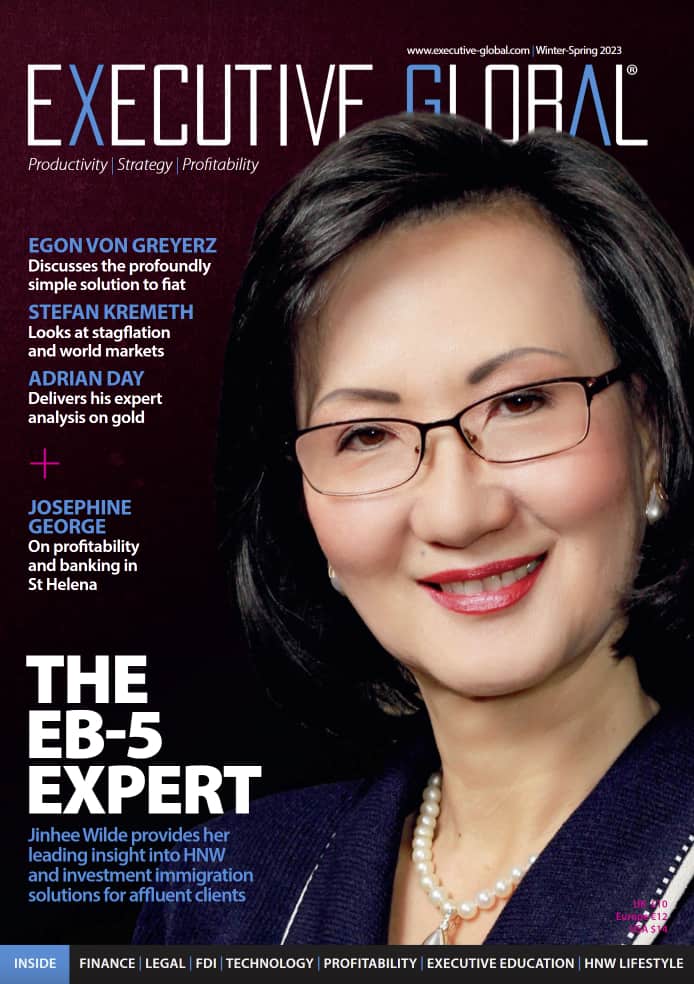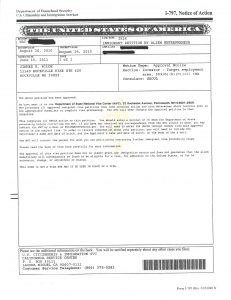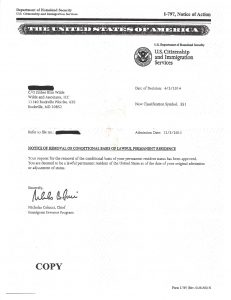EB-5 Visa Requirements
One of the primary obligations individuals looking to apply for this visa class must meet includes making direct investments in commercial industries and creating jobs for Americans.
The Minimum Investment Capital EB-5 Visa Applicants Must Make
According to the U.S. Citizenship and Immigration Services (USCIS) description of the EB-5 Immigrant Investor Program, visa petitioners must meet one of the two following requirements to apply for this visa, which went into effect on March 15, 2022, and will next be updated in 2027:
- Capital investment requirement: EB-5 petitioners must make a minimum investment amount of $1,050,000 into a commercial enterprise to qualify for this visa class.
- Targeted employment area (TEA) investment: An EB-5 visa applicant must be willing to make a direct investment of $800,000 or more into a rural area or one that has historically had high unemployment (150% or more of the federal unemployment rate). Investment capital can be paid into infrastructure projects.
Job Creation Requirements EB-5 Applications Are Subject To
The USCIS requires anyone looking to secure a visa as part of this immigrant investor program to create employment opportunities for Americans. The qualifying investment the alien investor makes must create 10 full-time, permanent U.S. jobs.
Other Requirements EB-5 Petitioners May Have and Scrutiny the Investor’s Petition May Be Subject To
It should be noted that, during the visa application process, USCIS procedures may involve the federal agency requesting that the investor demonstrates the lawful source of investment funds, i.e., whether his or her own or funds given to him or her as a gift from a lawful source. In the event the invested capital consists of loan proceeds, prospective immigrant investors may need to produce promissory notes showing proof of their intention or obligation to repay the loaned funds.
The investor need not be involved in the day-to-day management of the business as long as the investor is involved in a policy-making role of the business. The investor may invest in his or her own commercial enterprise or in a pre-approved “regional center.” Regional centers are geographical areas for which USCIS has determined that investments will create the necessary 10 jobs per investor in the geographical area. One of the benefits of investing in a regional center is that indirect job creation may also be counted toward satisfying the 10 requisite job-creation.
Foreign investors, including their spouses and unmarried children, under age 21, receive conditional permanent residency upon their application’s approval and completed investment. However, once two years pass, investors are eligible to become lawful permanent residents, provided they can demonstrate to USCIS that they’ve maintained an active investment in a commercial enterprise and created the requisite 10 jobs.
Need help with your EB-5 petition? Our firm has successfully prepared and filed large numbers of EB-5 petitions and is proud of our 100% approval record. Continue reading, where we discuss our law firm’s services that help you, no matter where you’re at in the EB-5 application process.







